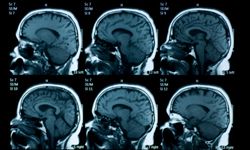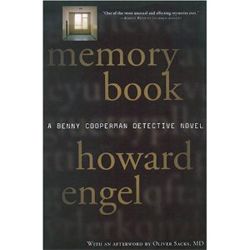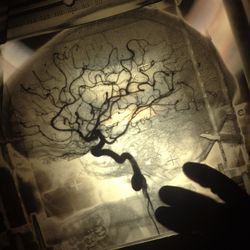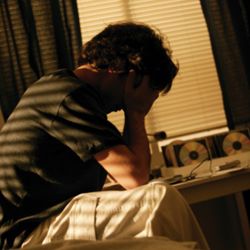The human brain can do some amazing things - and humans can do amazing things because of it. Just to name one example, we can accept light along the visible wavelength reflected from objects in our environment into our eyes. Our optic nerves convert that light into electrochemical impulses, which is the language the brain uses to communicate. As this electricity passes along a neural network, it reaches the hippocampus, the region of the brain responsible for analyzing and categorizing these impulses.
These categories determine which region of the brain receives the impulses routed by the hippocampus. So, an impulse sent to the visual cortex suddenly becomes a large green metal road sign that we understand as our exit. We veer the car off the highway and continue on toward the grocery store happy as a lark.
Advertisement
Even the most mundane operations of our brains are pretty amazing. Those feats, however, are nothing compared to some of the things that a small handful of people's brains have done. What follows, in no particular order, is a tidy list of some of the most amazing -- and horrible -- things that people's brains have ever done.







